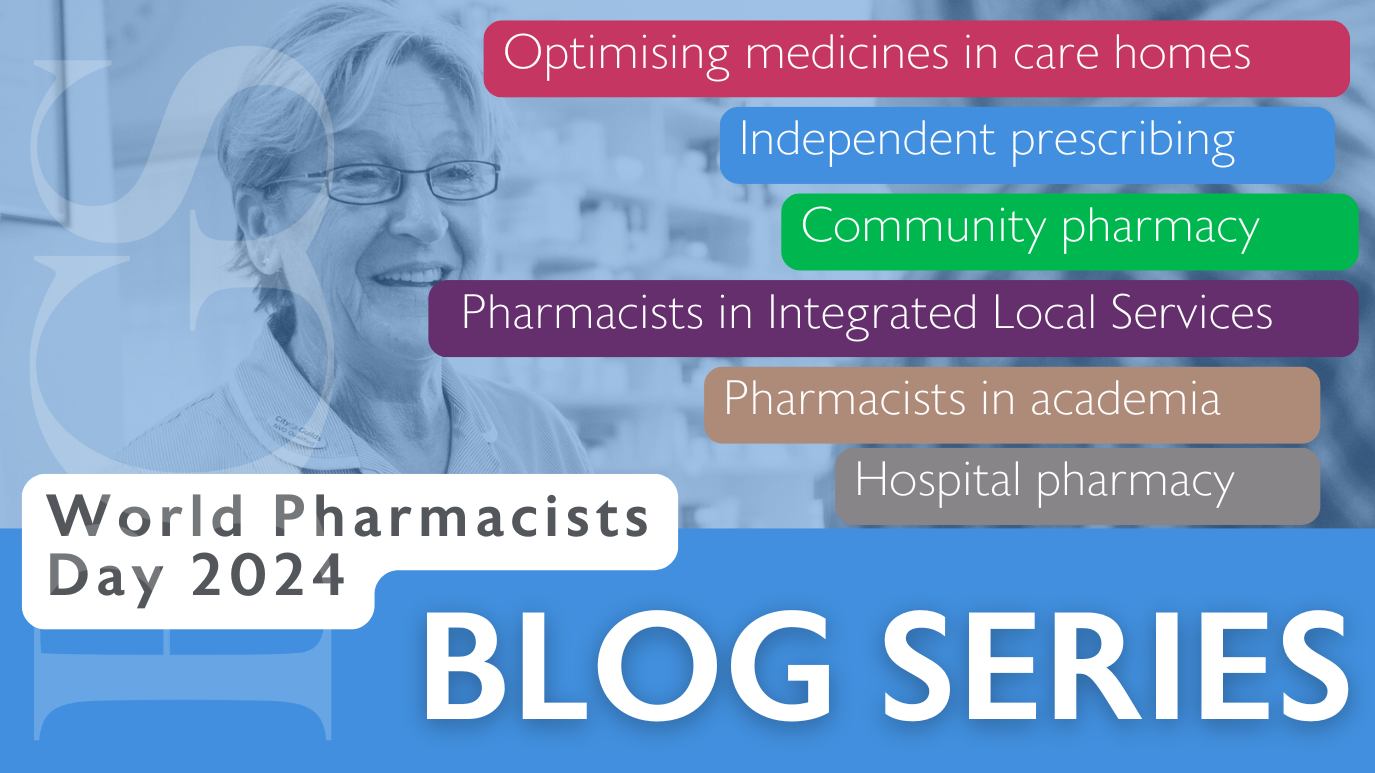Mina Hunjan is a Clinical Pharmacist who works in Warwickshire East Primary Care Network as a Care Home Pharmacist as part of her role. She is an independent prescriber for Frailty and Diabetes. She is a member of the BGS and the soon to be formed National Faculty for Care Home Professionals. She posts on X via @MinaHunjan
Call it selfish, but my Care Home visits often leave me more inspired and in awe than sad or upset at the inevitable decline of the residents. I visit once a week to conduct structured medication reviews (SMR), pre-planned with the patient, if they have capacity, or with their carers or nurses and family members if they have expressed an interest.
I am part of a Surgery Team that looks after the residents. The other team members are the GP Lead and the Frailty Nurse. Together we provide a Multidisciplinary Team (MDT) approach to the patient’s Care Plans. My focus is on the medications, while the Nurse looks at RESPECT Forms and the GP pulls it all together. More recently, our MDTs have involved a wider approach with the Care Home (CH) Leads joining in on a monthly basis.
There is always a Resident of the Week who gets extra special attention, but alongside this I review new patients and those discharged from hospital or those who may have had a fall. I am trained in using the Kadia mobile device which can detect atrial fibrillation. I tend to do a trace if the patient is not on a direct acting anticoagulant (DOAC). I have picked up quite a few patients with irregular heartbeats and provided there are no contra-indications, I have initiated a DOAC. These interventions are made following shared care discussions with the family members.
Conversely, if the patient is a frequent faller, or if blood tests have shown a reduced haemoglobin level or there is haematuria or a positive FIT Test, I may discuss de-prescribing this medication. Either way, it is a route to great relationship building with patients’ families and involving them in the care of their loved ones, which is so important.
I am also trained to perform diabetic foot checks which is an opportunity for spending time with patients and getting to know them. Through these interactions, I was taught to crochet by one of the residents for whom it is second nature; even her face flannels are embellished with a crocheted border! Her neighbour in the room next door is a keen keyboard player and many a visit is accompanied by ‘Raindrops keep falling on my head’ which is often an apt tune.
These are the uplifting encounters, but often I learn that residents can still feel lonely or isolated even though they appear to be surrounded by people. Sometimes their own family members do not choose to visit.



